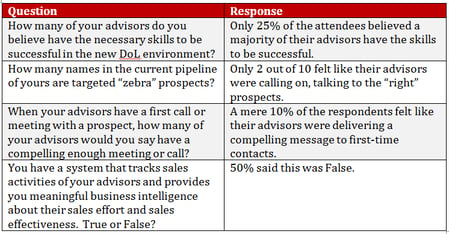When I was a youngster, I used to go hunting with my dad and my older brother, Ray. I never hunted with my younger brother, Michael, until just a few years ago. But Ray, Dad and I spent many weekday evenings and weekends in the woods. We were doing two things:
- Preparing to hunt
- Hunting

PREPARING to hunt included:
- Going into the woods to scope out the places where deer frequented or could be convinced to frequent
- Building tree stands in close proximity to deer paths or food plots
- Going to the sweet potato or squash fields to pick up potatoes and squash left from the previous day harvest. Sometimes we would get apples or peaches
- Taking basket after basket after basket of deer food (see number 3) into the woods
- Practicing our bow skills by shooting targets at 20 yards. Dad was so good he could hit a moving quart milk jug!
- Getting a license to hunt
- Getting the right clothes for cold weather
- Getting the equipment ready
- More practice
HUNTING included:
- Sitting in a tree stand freezing your baguettes off waiting for a deer to show up
- Not moving for 3 hours even if you had to pee
- Shooting at a deer
- Retrieving arrows that missed the deer
- Tracking, finding and field dressing the deer if the arrow hit its mark
- Carrying the deer out of the woods – sometimes up to a mile
- Skinning and butchering the deer (Actually, I did none of #6 or 7...)
- Eating the venison (I did lots of this!)
Everything I just listed (and yes, Ray, I’m sure I missed something…) would be defined as HUNTING. Even if it appears that sometimes it is waiting and not actually hunting, I assure you it is all hunting.
Then... there is the hunting I’ve done the past week:
- I joined a hunting club.
- I showed up either early in the morning or early in the afternoon.
- Brian, the manager of the club, took me to a tree stand.
- Using a buck call, I called for and waited for a deer to show up.
- If one showed up, I shot it (I actually got my first dear about a month ago) and sent a text to Brian. If I didn’t see or hit one, I sent a text to Brian and he came to get me.
- When I hit a deer, Brian and I tracked the deer.
- Brian field dressed the deer.
- Brian took the deer to the processor.
- I picked up the packaged deer meat.
- I prepared venison parmesan.
- We ate.
This is hunting in my world today. Notice the differences?
Yes, I still have to practice. I still have to get my hunting gear together and make sure my equipment is ready to go. I still have to get up early and get to the game club. I still have to sit in the tree quietly and not move. I still have to have skills to put myself in a position to draw the bow, release the arrow and hit the target. What I really do not do anymore is sit and shoot… or, rather, just sit.
Now, I want you to think about the similarities in HUNTING for deer and HUNTING for prospects. And then, I want you to answer some questions:
- Which hunting is your sales team doing?
- Which steps are they doing?
- Which steps are they skipping or failing to do?
- What impact does this have on their ability to close more business, more quickly, at higher margins?
- If they are not consistently hunting, then what is the likelihood that they will have consistent sales results?
Brian and I went out last week when the weather was rather warm. It was too warm to expect a good hunt, really. I knew that. He knew that. But I told him I was going out anyway. On the way to the stand, we talked about the weather and I made the comment, “It might be too hot, but I certainly won’t even get a chance to shoot a deer unless I go into the woods.”
And… there you have it. Regardless of how you do it, regardless of the environment, regardless of the difficulties you have to face, the reality is that, in order to get someone to say “yes” to your product or services, you must have salespeople who "go into the woods" and hunt!

Important Resource:
Find out if you have hunters, account managers or farmers – Assess the ability of your current team to grow sales.




